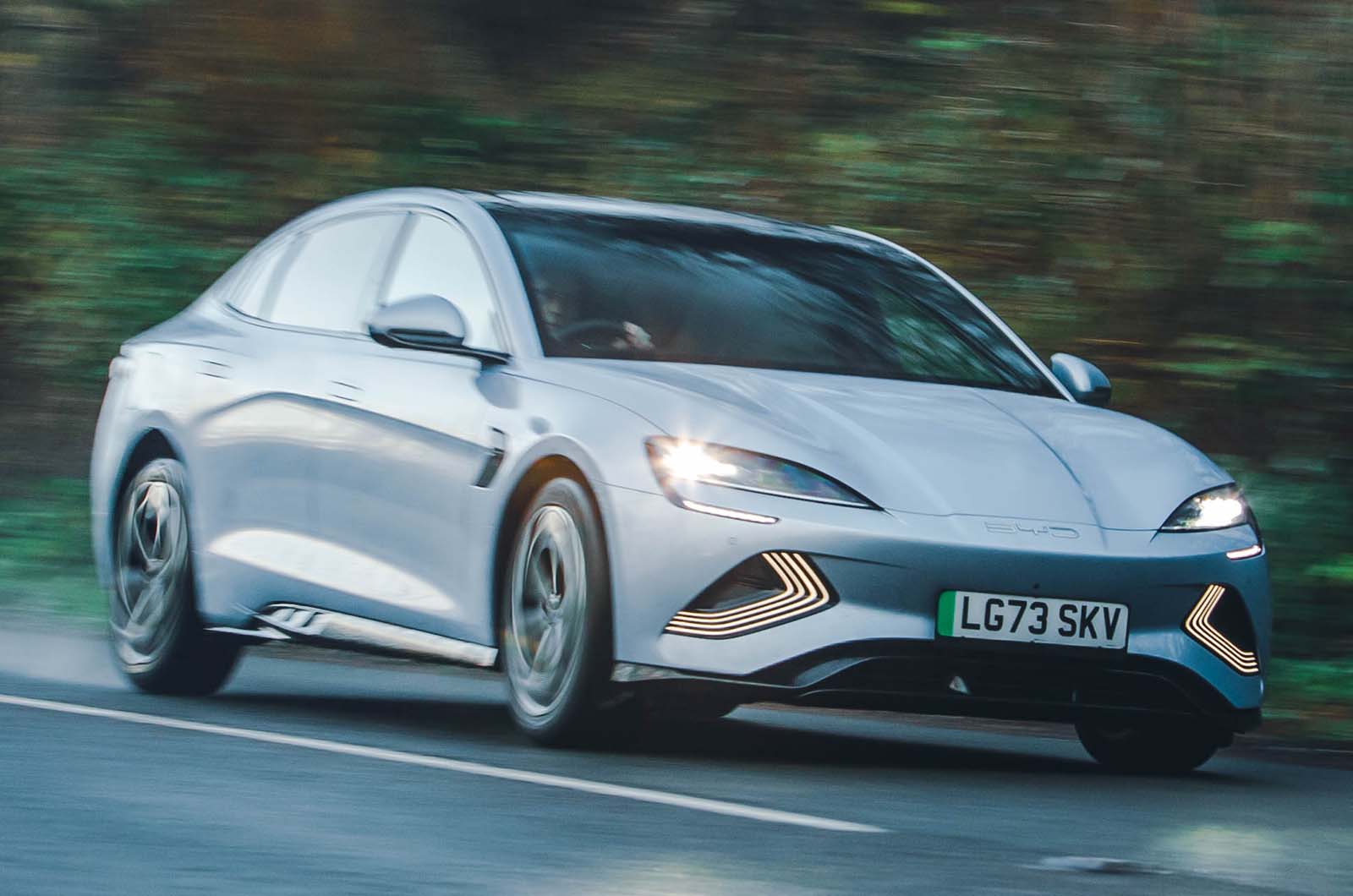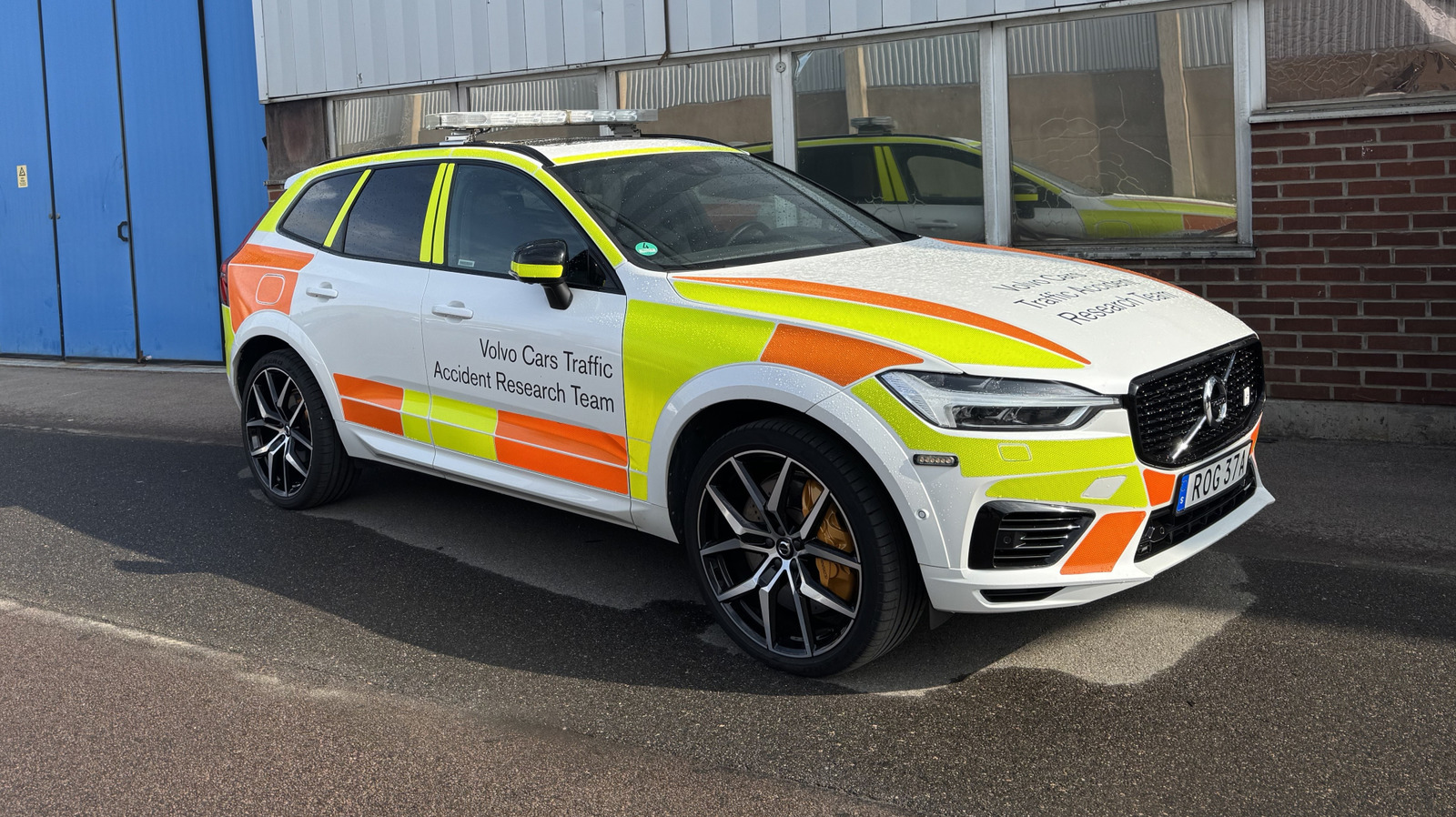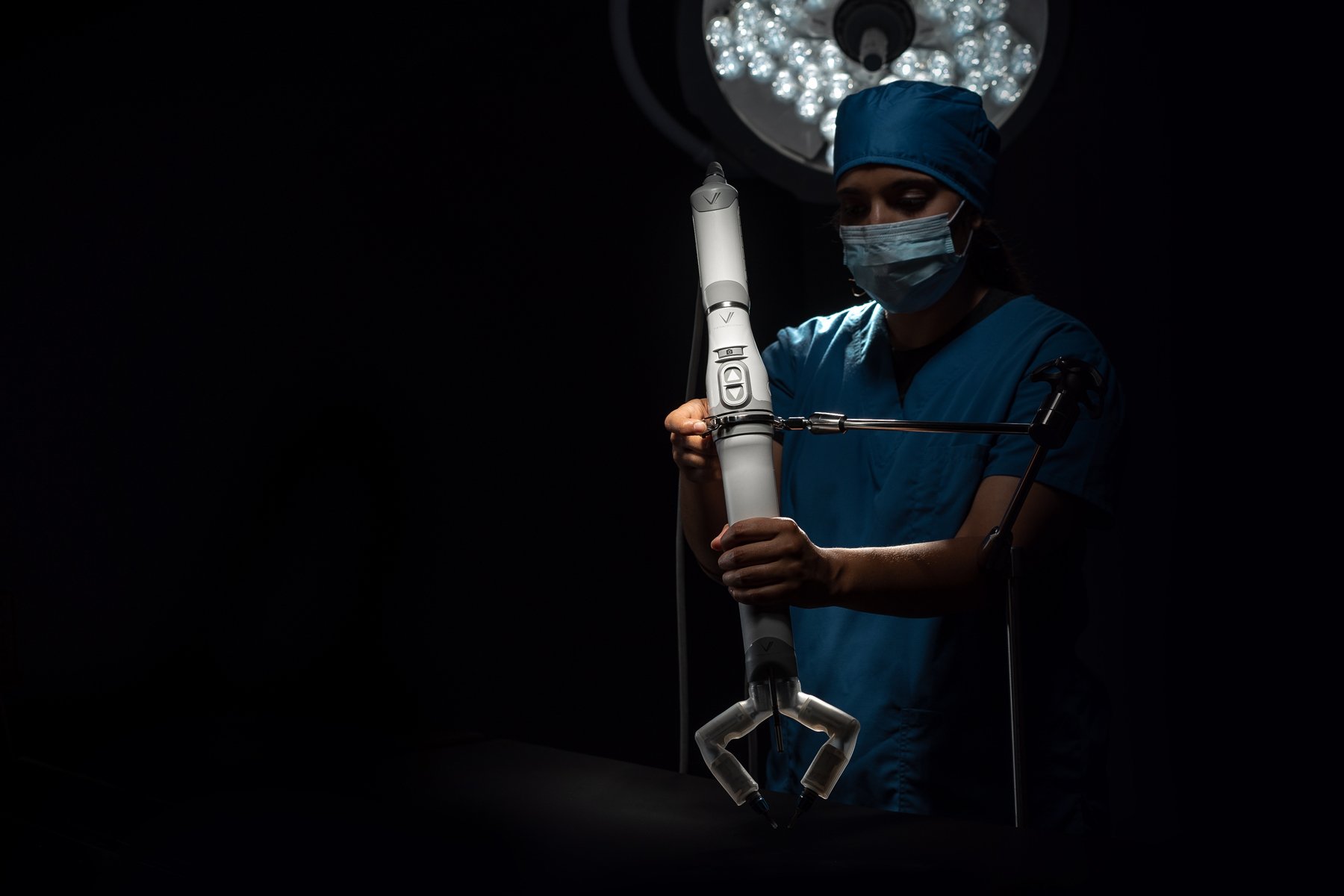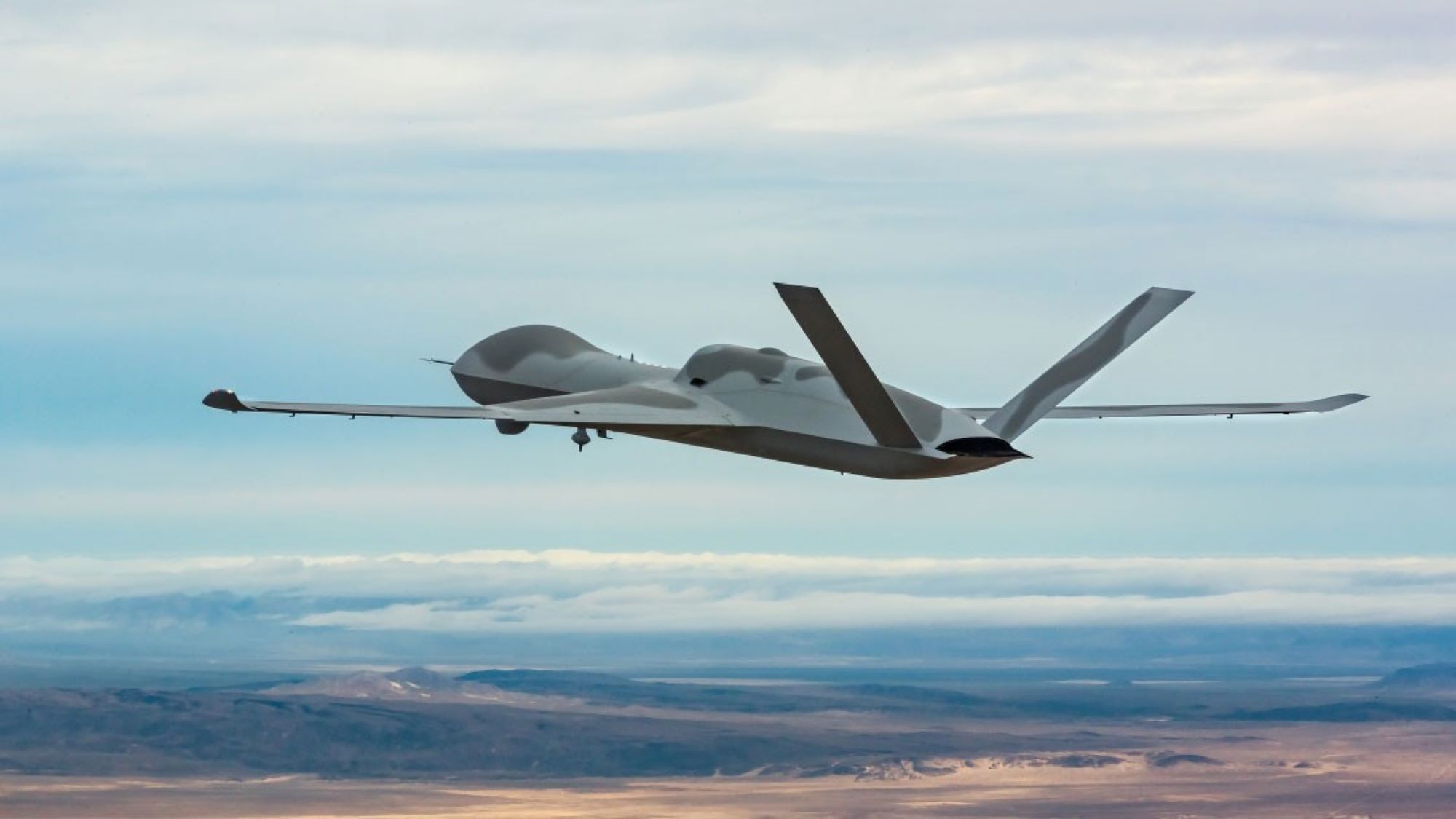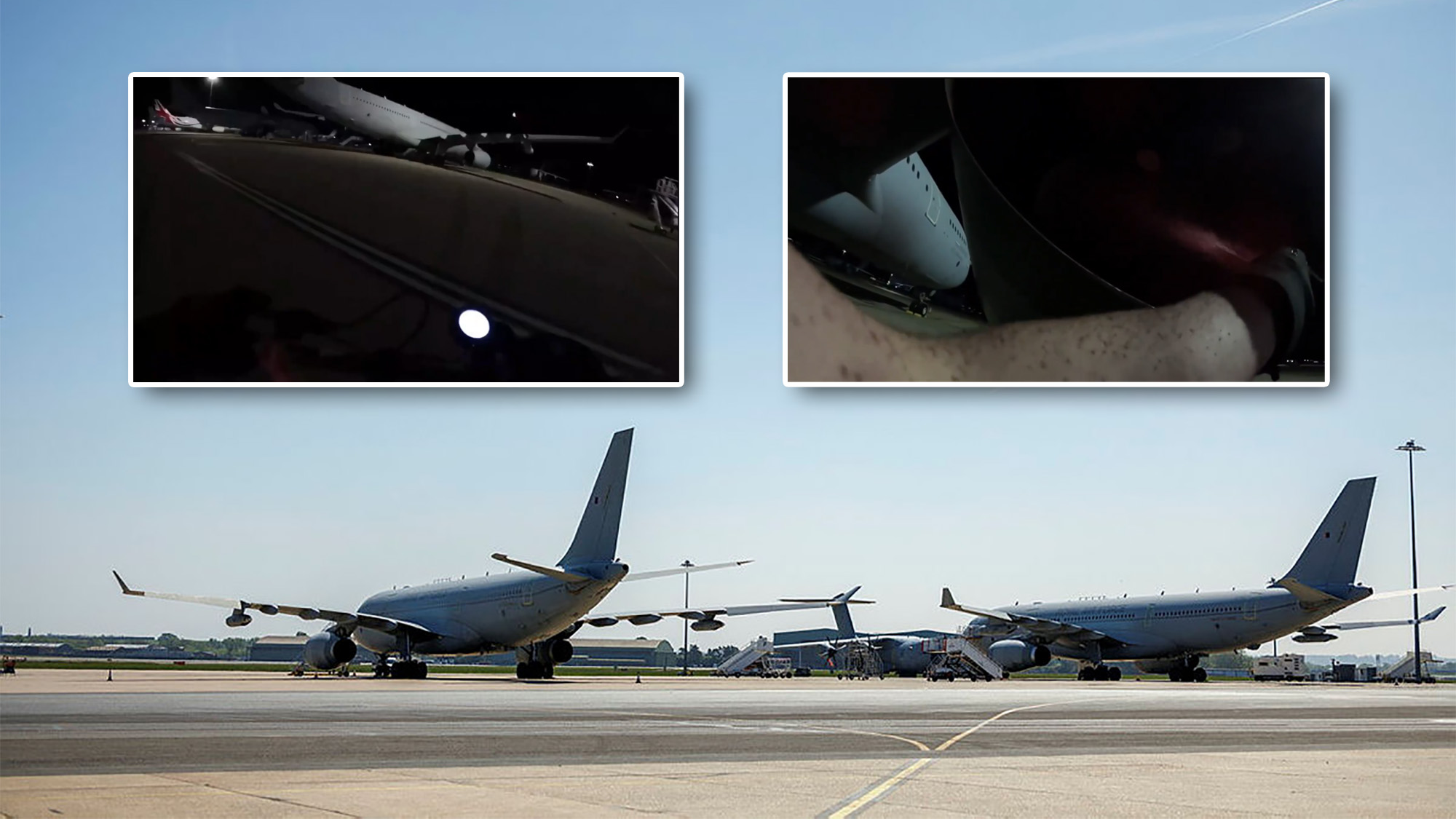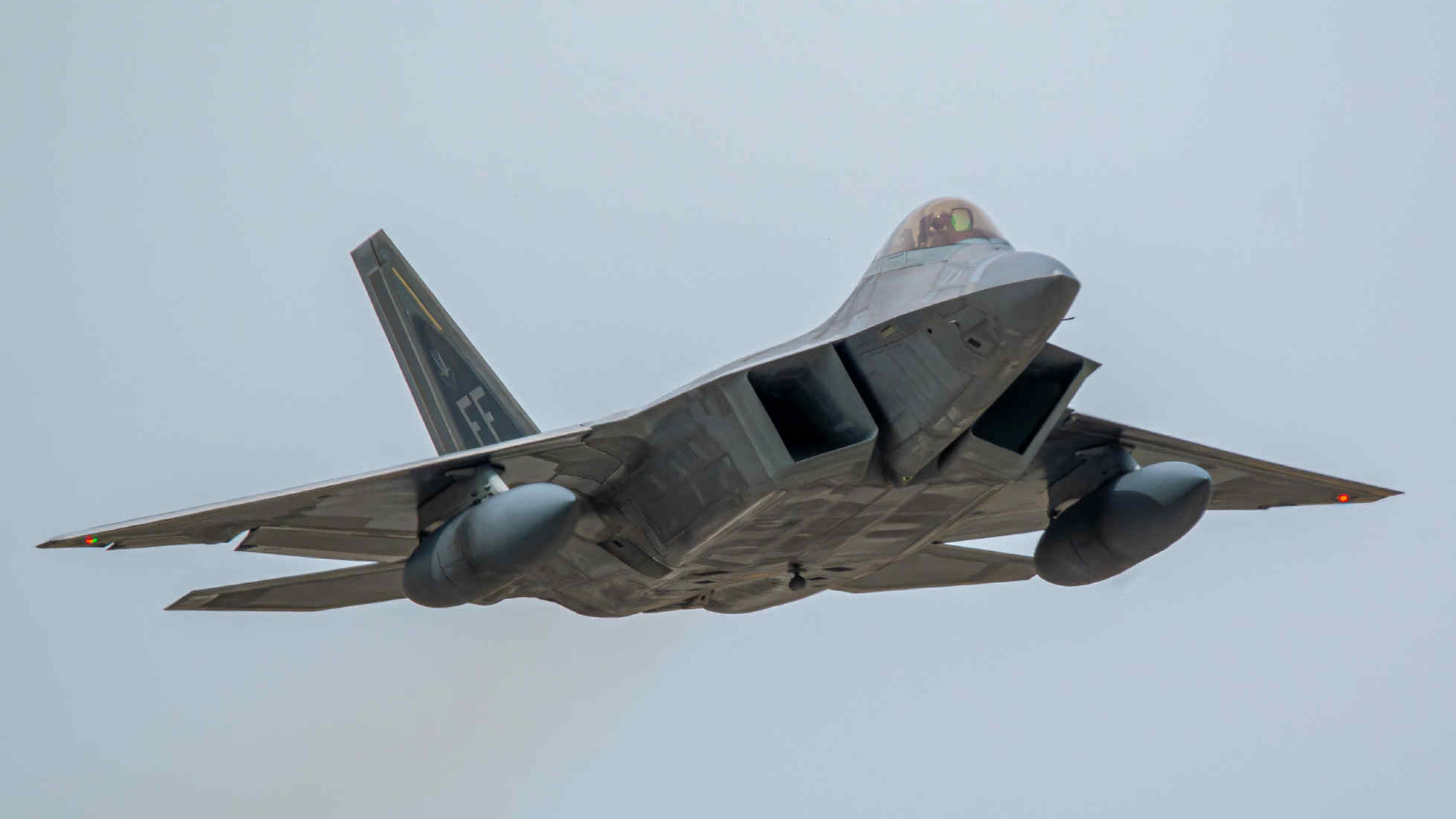In Paris, Airbus makes new MRTT+ progress, French Navy drone breakthrough
On the helicopter front, Airbus and Italian manufacturer Leonardo announced they are collaborating on a NH90 Block 2 multirole rotorcraft upgrade architecture study to determine the long term evolution of the type.


The Airbus VSR700 drone is set to enter service with the French Navy in 2027. (Breaking Defense)
PARIS AIR SHOW — As is custom, Europe’s largest aircraft manufacturer shared a slew of announcements and defense program updates at Le Bourget, with fixed wing, helicopter and drone efforts dominating affairs. Breaking Defense took a look at main developments from Airbus — outside of new industrial tension that unfolded with the Future Combat Air System.
First, Spain and France decided to accelerate aircraft acquisition of the A400M military transporter based off a Tuesday agreement between Airbus, OCCAR (Organisation for Joint Armament Cooperation) and launch nations to “secure production for the programme for the foreseeable future, improve the cost of operations, and jointly develop new capabilities.” Paris plans on speeding up deliveries of four aircraft, while Madrid will do the same for three units.
Jean-Brice Dumont, head of air power at Airbus Defence and Space, told reporters that the move will sustain production at a rate of eight aircraft a year, and plans are in motion to increase the transporter’s payload by 40 tons.
Airbus also disclosed progress on the A330 Multi-Role Tanker Transport+ (MRTT+) program, with the manufacturer close to securing an order from a launch customer, despite Dumont declining to identify the country in question. He said that a first delivery of the new tanker is planned to go ahead “by the end of 2028,” and based on “signals we are getting from the customers, we are studying an increase in the production rate,” of the MRTT+ as a transition from the original MRTT takes shape. Airbus currently produces between four and five of the in-service tanker a year, according to Dumont.
“I think many countries are realizing, with a number of fighters or other aircraft [in need of refueling] … they all have the principle of being able to deploy fast and far,” he added.
Launched in 2024, the MRTT+ program is based off the A330-800neo commercial airliner and offers less fuel consumption and greater range compared to the in service A330-200 MRTT.
On the helicopter front, Airbus and Italian manufacturer Leonardo announced they are collaborating on a NH90 Block 2 multirole rotorcraft upgrade architecture study to determine the long term evolution of the type.
In a statement, Airbus said that the move followed a request from the NATO Helicopter Management Agency (NAHEMA), and the Block 2 upgrade will cover “key structural improvements to the aircraft such as modular avionics, greater configuration commonality, improved maintenance and performance, as well as new capabilities in the field of collaborative combat, connectivity and crewed-uncrewed teaming.” A contract with NAHEMA for the new study is “expected” by the end of the year, the manufacturer noted.
Airbus Helicopters and Singapore’s Defence Science and Technology Agency (DSTA) also signed a crewed-uncrewed teaming capabilities agreement involving the Republic of Singapore Air Force (RSAF) H225M medium lift helicopter and the manufacturer’s Flexrotor drone.
“The partnership aims to explore how crewed-uncrewed teaming can enhance situational awareness and improve mission outcomes through a flight demonstration,” noted Airbus Helicopters in a statement. It added that the company’s newly launched HTeaming crewed-uncrewed teaming system will be equipped on the H225M, enabling the rotary asset to “take full control” of Flexrotor.
Another key drone development shared by Airbus was the signing of a VSR700 naval platform framework agreement with French Minister of Armed Forces Sébastien Lecornu and Naval Group. The pact opens the way for the “future acquisition” of the aircraft to the French Navy under the SDAM (uncrewed aerial systems for the Navy) program, according to an Airbus statement. Significantly, the agreement also creates a path for “cooperation with other nations via government to government agreements.”
Victor Gerin-Roze, head of unmanned aircraft systems (UAS) at Airbus, declined to share with Breaking Defense how many aircraft fall under the framework agreement, but said that the pact means Airbus is “ready” to start logging export orders. France’s Military Programming Law for 2024-2030 [PDF] shows that Paris has committed to acquiring 10 SDAM aircraft by the end of the decade and at least 15 by 2035.
Airbus will also continue testing of the VSR700 to support the French Navy ahead of the intelligence and surveillance drone starting operations with the service in 2027, noted Gerin-Roze. It will be fitted with a radar, electro-optical equipment and an automatic identification system receiver. Airbus and Naval Group, joint developers of the drone, were initially awarded an SDAM development contract in 2018.
Separately, Airbus shared that the company’s first SIRTAP prototype tactical UAS has finished assembly and is ready to start a ground test campaign. The manufacturer plans on meeting a first flight milestone “by the end of 2025,” set to take place out of Spain’s National Institute of Aerospace Technology’s (INTA’s) Unmanned Systems Test Centre (CEUS) in Huelva, south-west Spain, according to a company statement.
The Spanish Ministry of Defence has committed to the acquisition of nine SIRTAP systems, each made up of three remotely-piloted aircraft and a ground-control station.
Elsewhere, Airbus and Germany’s Quantum Systems UAS manufacturer also signed a Memorandum of Understanding (MoU) pledging to boost “Europe’s sovereignty” through developing work on an aerial reconnaissance ecosystem.
“In view of increasing geopolitical uncertainties and accelerated innovation cycles in the defence sector, resilient, interoperable and ready-to-use airborne surveillance and information systems are to be deployed in the short and medium term,” said Airbus in a statement.











